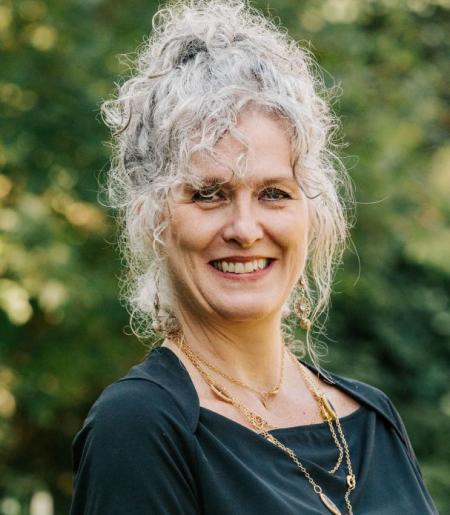Overview
Susan M. Stabile is an Associate Professor of English at Texas A&M University, where she teaches courses in Creative Nonfiction, Material Culture and Museum Studies, Literature and the Other Arts, and Narrative Medicine. Her academic publications include Memory’s Daughters: The Material Culture of Remembrance in Eighteenth-Century America (Cornell University Press, 2004). Stabile’s creative work has appeared in The Iowa Review, The Bellingham Review, and The Southwest Review. She won the 2017 Annie Dillard Award in Creative Nonfiction at The Bellingham Review and had another essay nominated as a “Notable Essay of 2014” by The Best American Essays series. Stabile is the recipient of notable awards and honors, including a National Endowment for the Humanities fellowship, Andrew Mellon Foundation grant, Winterthur Museum fellowships, and several writing residencies at Ragdale, Vermont Studio Center, and Virginia Center for the Creative Arts. She is currently completing her first collection of creative nonfiction essays, Salvage, an unconventional reflection on contemporary recycling practices (from organ transplants and roadkill to birds’ nests and dopamine scaffolds) through what she calls a poetics of redemption that reclaims our waste and our intimate connections to it.
Research Focus
Salvage
Extending multidisciplinary conversations about sustainability and environmental stewardship to more unconventional recycling practices—from organ transplantation, roadkill, and auto salvage to upcycled bird nests, junk mail, and bioengineered brain scaffolds—my book manuscript, “Salvage,” is a collection of eleven personal, lyric, and experimental nonfiction essays that rethink our intimate connections to waste. The collection is a bricolage combining, reconstituting, and restaging left-over and discarded materials to make their presumed obsolescence useful. Cumulative, waste allows us to see the fundamental similarity among us all; reconstituted, it shows us the affinity between unrelated things, states, and beings. “Salvage,” then, tinkers with and enjambs the commonplace and unexpected materials of everyday life through what I think of as “a poetics of rescue” to contemplate the larger question about our shared responsibility for attending to what is broken.
During the fellowship year, I will write the final four essays of “Salvage.” “Allograft” is a borrowed-form essay adapting Donate Life America’s online organ registry page to ruminate on my guided tour of an eye bank in Austin, TX, and continued reluctance to donate my corneas and skin after death. “Flora” investigates my squeamishness about fecal transplants (FMT) and the uncanny reversal of digestion: ingesting and incorporating an other’s excrement. The essay meanders through psychological, medical, and aesthetic theories of disgust and pleasure, demystifying uncomfortable cultural taboos. “Rescue” reflects on the lingering aftermath of car accidents in salvage yards through sociologist Mary Douglas’s theory of “half-identity: how the damaged yet reusable parts (still imbued with danger) are metonyms for the passengers. And “Scaffold” contemplates the cellular brain death and regenerative biomaterial scaffolds supporting cell growth within damaged neural circuits. Performing the physical and cognitive decline of a Parkinson’s brain in its visual form, the essay moves by descent, mimicking the top-to-bottom dismantling of a high-rise building’s scaffold.

